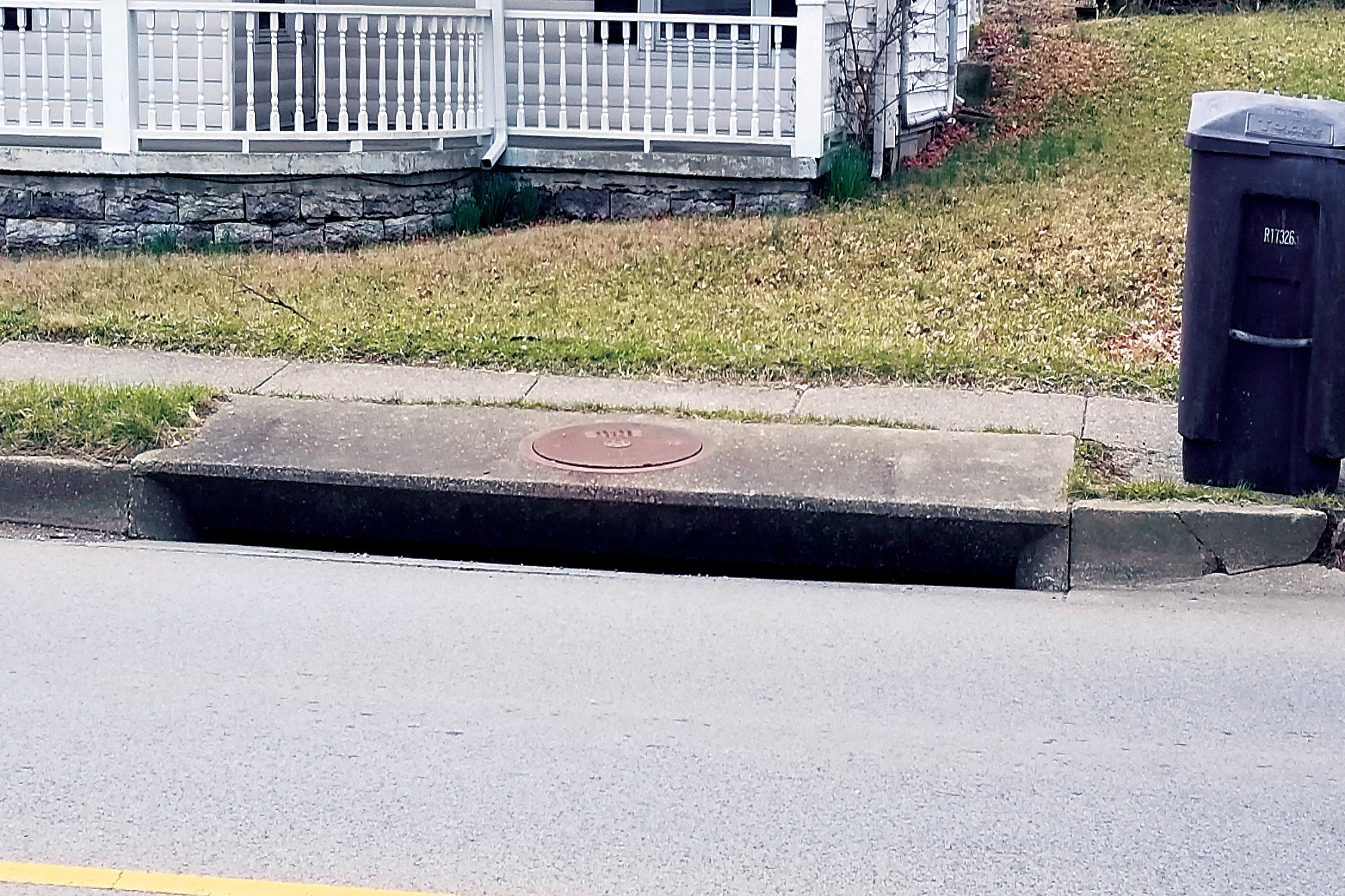City asks residents to report illicit discharges
Published 12:43 pm Tuesday, February 19, 2019

- Illicit discharge is any direct or indirect non-stormwater water discharges to the storm drain system.
City officials are asking residents to keep an eye out for illicit discharges.
Shanda Cecil, Strodes Creek Conservancy and residential stormwater inspector, said an illicit discharge is any direct or indirect non-stormwater water discharges to the storm drain system.
Examples of illicit discharges would be automotive oil and fluids, household toxic wastes, hosing down roads and sidewalks and laundry wastewater.
“Basically, anything that isn’t clean stormwater and authorized non-stormwater discharges would be an illicit discharge,” Cecil said.
The following discharges are exempt according to the Illicit Discharge Detection and Elimination Ordinance:
— water line flushing or other potable water sources
— landscape irrigation or lawn watering
— diverted stream flows
— rising groundwater
— groundwater infiltration to storm drains
— uncontaminated pumped ground water
— foundation or footing drains not including active groundwater dewatering systems
— crawl space pumps
— air conditioning condensation
— springs
— non- commercial washing of vehicles
— natural riparian habitat or wetland flows
— swimming pools if dechlorinated, typically less than one PPM chlorine
— firefighting activities
— any other water source not containing pollutants.
If the public sees an illicit discharge, take a picture of it and give the city’s stormwater division a call.
“People normally notice an illicit discharge when there isn’t a steady flow of water yet there is a substance present in the storm or in the storm drain,” Cecil said.
Residents can detect some illicit discharges by the color or smell of the effluent.
Cecil said it’s important to pay attention to the signs of illicit discharge because city employees can’t be everywhere all of the time.
“Extra eyes help identify illicit discharges, which scan remediated so that future damage can’t occur to the waterway,” Cecil said.
According to studies by the EPA and others, dry weather flows from the storm drain system may contribute a larger annual discharge mass for some pollutants than wet weather stormwater flows.
Cecil said the illicit discharge reporting mechanism on the city’s website could be useful in locating visible illicit discharges, either continuous or transitory.
“Public reporting of discharges increases public stewardship, enhances accountability throughout all groups in the community — residents, developers, industries, municipality,” Cecil said. “Public reporting helps the city in their efforts to track down and remove illicit discharges by establishing ‘free surveillance’ or extra eyes, which is especially helpful since city staffing for the program is limited.”






